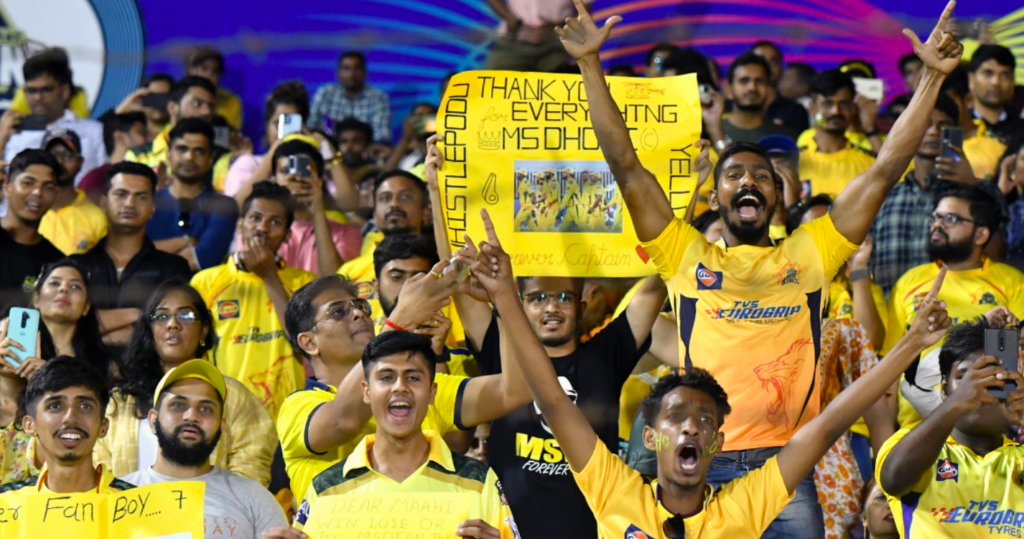The defending Indian Premier League champions have a bigger fanbase than the entire viewing communities of several other less popular sports, according to a new survey by Ormax Media.
The survey was conducted on the basis of age, gender, pop strata, and the states from which the subject belonged, among other aspects. Cricket has unsurprisingly emerged by far the most popular sport in India, with a fan base of 124.2 million people.
Kabaddi, football, and wrestling, including tournaments held under the auspices of sports entertainment company WWE, all share the next spot, with fanbases anywhere between 23 and 28 million.
Most parts of India have not historically enjoyed the beautiful game, but the emergence of two superpowers in world football, Lionel Messi and Cristiano Ronaldo, has garnered a huge fan following for them and their teams.

Also read 👉 Cristiano Ronaldo statue unveiled in Calangute, Goa
As such, both the stalwarts feature among the top 10 most popular sportspersons in the country, whereas Messi’s former club, FC Barcelona, is the most popular club among Indians (3.9m).
In terms of viewership, 44% of Indian viewers consume content via television only, while 36% use both traditional and digital platforms, and 20% have shifted entirely to digital platforms.
The CSK’s massive popularity may be accredited largely to modern-day great MS Dhoni, who has been their most successful captain, taking the franchise to nine finals, winning four of them, only behind the Mumbai Indians. That could explain why the fanbase of just CSK is greater than the entire football-watching community in India.
However, Shailesh Kapoor, CEO of Ormax Media, has said that just the viewership does not give a very accurate picture of the fanbase, but only helps to interpret the data and the profile of the fanbase.
“Viewership numbers, especially from television, are not an accurate representation of the fanbase of any sport, as India is predominantly a single-TV nation where a lot of sports viewing is passive in nature.
Through this report, we aim to fill in the need gap for reliable data on the size and the profile of the ‘real’ sports fans, who are actively watching and engaged with the sport.
The report can provide useful material to sports leagues, teams and broadcasters for their brand and communication strategy initiatives,”
he said, as per Business Standard.


